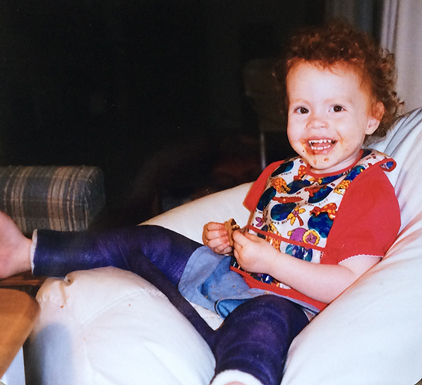Spica Cast
What is a spica cast?
A spica or body cast is a type of cast used for children after pelvic or hip surgery where additional stability or protection of the hip or femur (thigh bone) is required. The cast can incorporate one or both legs, although typically the non-operative leg is only partially casted, stopping just above the knee. Often the foot of the operative leg is left out, but it too can be included if there is a need to control the rotation of the leg. Lastly, the height of the spica cast is usually to the level of the belly or bottom of the child’s rib, but if stability is crucial, the cast can be extended higher up on the chest. If both legs are casted, there is also a bar connecting the two limbs in order to make the cast stronger.
How can I position my child in a spica cast?
Children are not capable of standing or sitting up fully in a spica cast, particularly if it needs to be casted high. Therefore, special accommodations will have to be made to allow them to participate in activities, drink or eat. Propping the child up on pillows will help them sit up straighter to eat and drink or to reach a table to play with toys or a game. Bendable paper straws are a convenient aid for drinking. Most children can tolerate being turned prone (on their stomachs, face down) under supervision.

How do you care for a child in a spica cast?
Managing the toilet and personal hygiene needs of a child in a spica cast can be challenging. It is important to keep the cast as clean as possible. The diaper process takes 4 steps. First, apply a super absorbent feminine pad tucked into the edges of the cast. Second, cut the “straps” off a diaper and apply over the feminine pad to your child, being sure to tuck the edges of the diaper under the edges of the cast. Third, a second diaper is applied over the first in a similar fashion. Lastly, a larger sized diaper – large enough to go around the Spica cast – is applied on top. This triple diapering process helps prevent leaking into the cast. If the edge of the cast gets soiled, wipe clean with a moist cloth or baby wipe.
How can I transport my child with a spica cast?
Although reclining wheelchairs work well and are usually available through your insurance, toy wagons are also an excellent and convenient way to transport a child in a spica cast. Certain wide-based strollers can accommodate a spica cast, though utilizing a 5-point harness is required to safely secure your child. An additional reason for a wide-based stroller is stability. Narrow or small strollers may be improperly balanced by the additional weight of the spica cast, causing the stroller to tip.
For transport in your personal vehicle, a wide car seat or a booster seat without arms, (if your child meets the height/weight requirements to use a booster), is needed. There was a HIPPO Snug car seat manufactured by Britax that could accommodate a spica cast, but they are only available to buy used now. The hospital can provide a suitable car seat on loan for those who need it. For children, who are approximately 3 years or older, a special harness that buckles into your seatbelt system can be used to safely secure your child in your vehicle; this too can be loaned to you by the hospital. For more information, see the Transportation Considerations During Treatment page.
Here is a handout with some helpful tips for dealing with a spica cast from our Rubin Institute for Advanced Orthopedics Occupational and Physical Therapy team.
